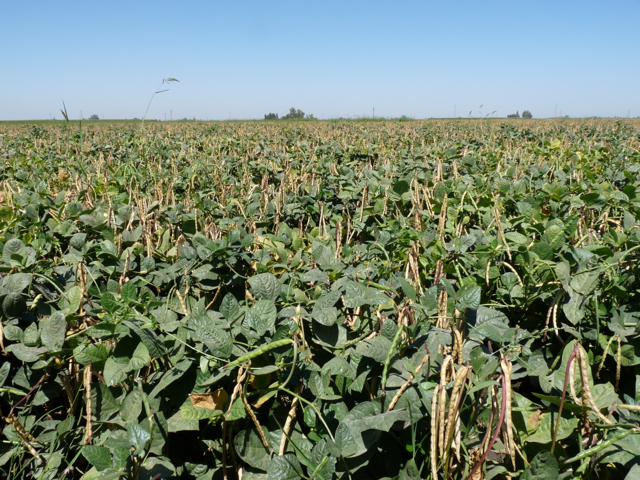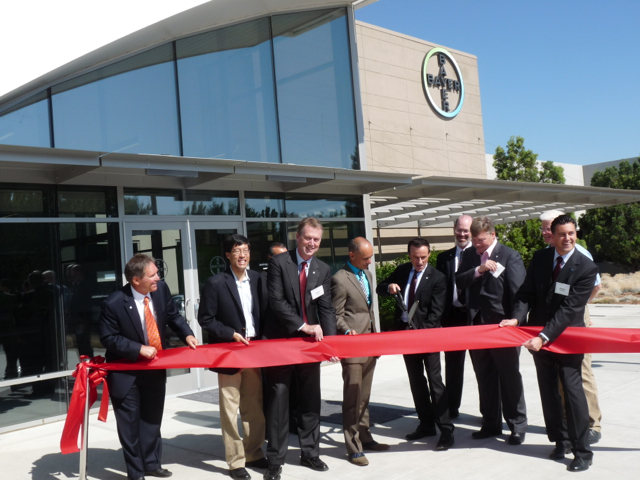California expects more competition for wine market
Source: Steve Adler; Ag Alert
A new report showing that the United States continues to lead the world in wine consumption is viewed as good news for the California wine sector—but it shouldn’t lead to complacency, according to three experts.
This country’s No. 1 ranking in total consumption in 2013 marked the third consecutive year of that achievement. U.S. wine consumption topped 3.3 billion liters, an increase of 5.4 percent compared to the previous year. France retained its hold on second place, with 2.8 billion liters—but that represented a 6.9 percent decrease in consumption.
California’s share of U.S. wine production is about 90 percent, although there are wineries in every state.
“Our consumption is growing in this country, but everyone realizes that the U.S. is the largest wine market in the world because we have such a large population base. Everybody in the world wants to sell their wines here, so there is a lot of foreign competition,” said Gladys Horiuchi of the Wine Institute in San Francisco.
Mendocino County grape grower and winery owner Bill Pauli said last week’s report on wine consumption underscores the importance of the U.S. market not only to California producers, but to producers around the world.
“With America’s expanding growth and improved economic times, consumption has improved and people are drinking better wines. But we still have to compete, not only amongst ourselves, but with all of the foreign competition. And that foreign competition is really the challenge in not only flavors, but price,” Pauli said.
The challenge comes not only in finished products, but from the foreign producers who sell bulk wines into California to be blended or bottled here, competing directly with California grape growers, he said.
Horiuchi said lighter crops produced in California prior to 2012 allowed foreign producers of bulk wines to make inroads. But because of the large crops in 2012 and 2013, the availability of California grapes has eased that threat, she said.
“The good news now is that the wineries are brimming with California wine of excellent vintages, so naturally the wineries have gone back to their local sources. But in order to maintain their shelf space, when the production in California is down, they will import wine from other countries,” Horiuchi said.
Competition from foreign producers was also noted by Glenn Proctor of the Ciatti Co. in San Rafael, who cautioned the state’s growers and wineries not to become complacent.
“When you are No. 1 in the world, it is not just California wines and U.S. wines that consumers are buying, but other countries are trying to get their wines into the U.S. market too,” he said. “So I think we will continue to see a very competitive environment.”
Proctor said it is important for California wineries to continue producing wines that U.S. consumers want, at prices that allow them to purchase more.
“We have to be on our game and remain competitive. The opportunities continue to grow, but we have to be ahead; we cannot be behind,” he said. “We’ve seen countries like Australia, Chile, Argentina and South Africa do a pretty good job of bringing bottled product into this country.”
While this year’s winegrape crop in California is projected to be normal in size, it follows two years of record production, resulting in large inventories in most of the state’s wineries. Proctor said that will allow California wineries to hold onto highly competitive shelf space.
“We have had two bumper crops in a row and this year looks to be a healthy crop, but not large per se. But we do have some excess of wine, especially in the Central Valley. I think we will work through the excess, and it is helpful that we don’t have a big crop this year. But we do need to increase our sales and grow. Any kind of stagnation in case-good sales would not be a good thing for the industry,” he said.
Proctor predicted that in the near term, there could be some “corrections” in prices that wineries pay to growers.
“Prices received by growers are healthy right now and some wineries may think they are too high,” he said. “We may see some correction in the marketplace in the Central Valley in the next year or two, to get inventory costs back in line.”
In the long term, he said, wineries will need a steady supply of grapes coming from California, “and you want to have new and efficient vineyards so growers and wineries can continue to be profitable.”
Proctor said some older and less-productive vineyards in the Central Valley will probably be removed and replanted, either with better-producing grape varieties or other commodities such as almonds or pistachios.
On the marketing side, Horiuchi said wineries continue to target baby boomers, people ages 50 to 68.
“The baby boomers are the ones who have the income and the ones who are dining in restaurants. But at the same time, there is a transition taking place as wineries are starting to market to the next generation, where the consumers are more involved with social media, taking pictures of wine labels and so on. They are willing to try a lot of different things,” she said.




















